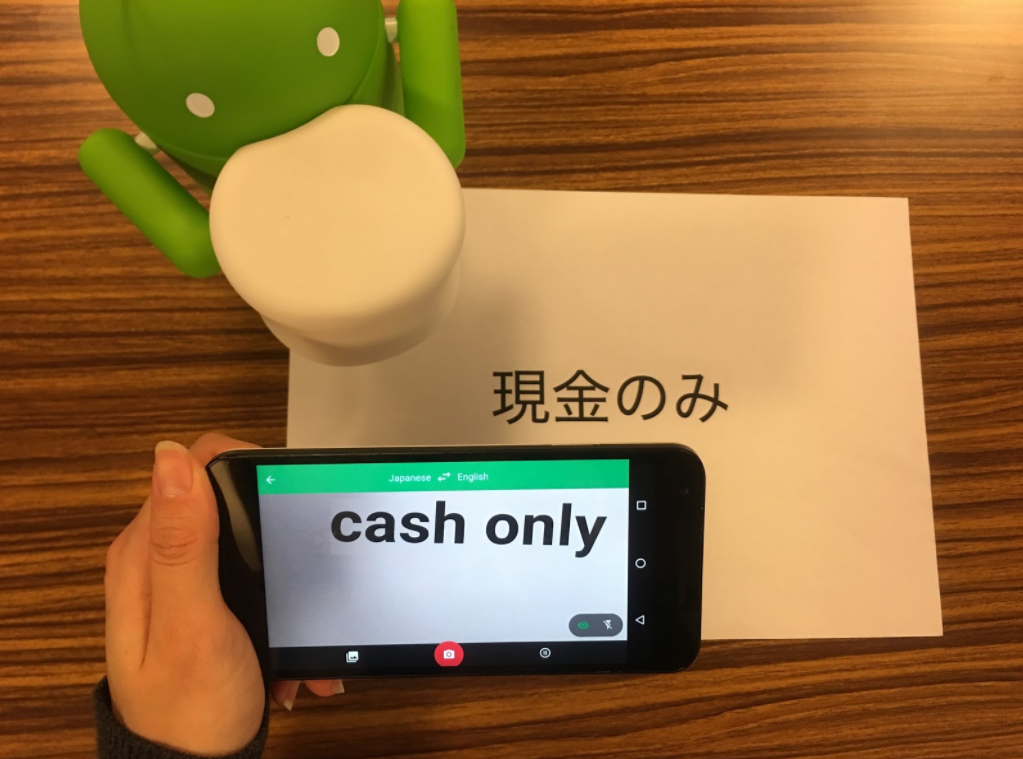


Neural nets have gotten a lot of attention in the last few years because they’ve set all kinds of records in image recognition. When the Word Lens team joined Google, we were excited for the opportunity to work with some of the leading researchers in deep learning. But how are we able to recognize these new languages? So the next time you’re in Prague and can’t read a menu, we’ve got your back. Today we announced that the Google Translate app now does real-time visual translation of 20 more languages.

Download translated image: To download the translated image, click Download translation.

Copy text: To copy the translated text, click Copy text.Enlarge translated text: To make the translated image larger, turn off Show original.Show original text: To show the original text side by side with the translated text, turn on Show original.In the top corner, click Clear to start a new image translation.Īt the top of the image, choose an option: Once the image is translated, you can copy the translated text or download the translated image. To choose an image that you want to translate, click Browse your computer.To: Select the language that you want the translation in.From: Choose a language or select Detect language.Choose the language that you want to translate to and from.On your browser, go to Google Translate.Translation of small, unclear, or stylized text may result in lower accuracy. Important: The translation accuracy depends on the clarity of the text. You can translate text in images from your device on Google Translate. For example, you can use your camera to translate signs or handwritten notes. You can use your browser to upload images with text to translate using Google Translate. You can use your phone’s camera to translate text in the Translate app.


 0 kommentar(er)
0 kommentar(er)
